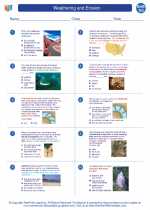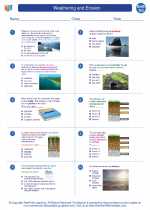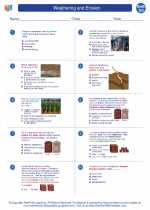Real Image: Explanation and Study Guide
A real image is formed when light rays actually converge at a specific point. This type of image can be projected onto a screen and is formed by the actual intersection of light rays. Real images are typically formed by concave mirrors and converging lenses when the object is placed at a distance greater than the focal length.
Formation of Real Images
Real images are formed when light rays converge at a point after being reflected by a concave mirror or refracted by a converging lens. The process of image formation can be understood through the following steps:
- Light rays from an object are reflected or refracted by the mirror or lens.
- These light rays converge at a specific point on the opposite side of the mirror or lens.
- A real inverted image is formed at the point of convergence, which can be projected onto a screen.
Characteristics of Real Images
Real images have the following characteristics:
- They are always inverted.
- They can be projected onto a screen and captured.
- They are formed where light rays actually converge.
Study Guide
To understand the concept of real images, it is important to focus on the following key points:
- Understand the difference between real and virtual images.
- Learn the process of image formation by concave mirrors and converging lenses.
- Practice solving problems related to the formation and characteristics of real images.
Additionally, conducting experiments with concave mirrors and converging lenses can provide a hands-on understanding of real image formation.
By mastering the formation and characteristics of real images, you will gain a solid understanding of the behavior of light and the principles of optics.
[Real Image] Related Worksheets and Study Guides:
.◂Earth Science Worksheets and Study Guides High School. Weathering and Erosion

 Worksheet/Answer key
Worksheet/Answer key
 Worksheet/Answer key
Worksheet/Answer key
 Vocabulary/Answer key
Vocabulary/Answer key
 Vocabulary/Answer key
Vocabulary/Answer key
 Vocabulary/Answer key
Vocabulary/Answer key
